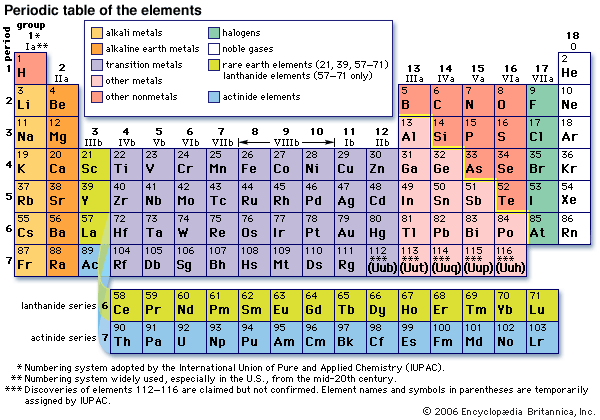
(Note: If we compare the Beryllium metal and normal glass, then the Beryllium window is more transparent to X-rays than that of the normal glass. Hence, due to the small number of protons and neutrons, less core electrons, small size of nucleus and more distance between the atoms, the x-rays can easily pass through them. The density of Beryllium element is very less and this indicates that the atoms of Beryllium are far from each other. In other words, Beryllium has low mass absorption coefficient.Īlso the beryllium atom has only 2 shells, which indicates that the Atomic size of Beryllium is small. The beryllium atom has only 2 core electrons.īecause of very less core electrons, Beryllium can absorb very few X-rays compared to other elements. This makes the nucleus very small and compact. Let me give you a simple explanation of the above three points.īeryllium atom has only 4 protons and 5 neutrons.


Protons 4 Neutrons 5 Electrons 4 Symbol Be Atomic massĢ, 2 Electronic configuration 2s 2 Atomic radiusġ53 picometers (van der Waals radius) Valence electronsĢ 1st Ionization energy 9.323 eV Electronegativity Metallic white-grey State (at STP) Solid Position in Periodic table Beryllium Element (Be) Information Appearance So if you want to know anything about Beryllium element, then this guide is for you. In fact, the table mentioned below is the perfect information box (Which gives you every single detail about the Beryllium element in Periodic table.) This is a SUPER easy guide on Beryllium element.


 0 kommentar(er)
0 kommentar(er)
